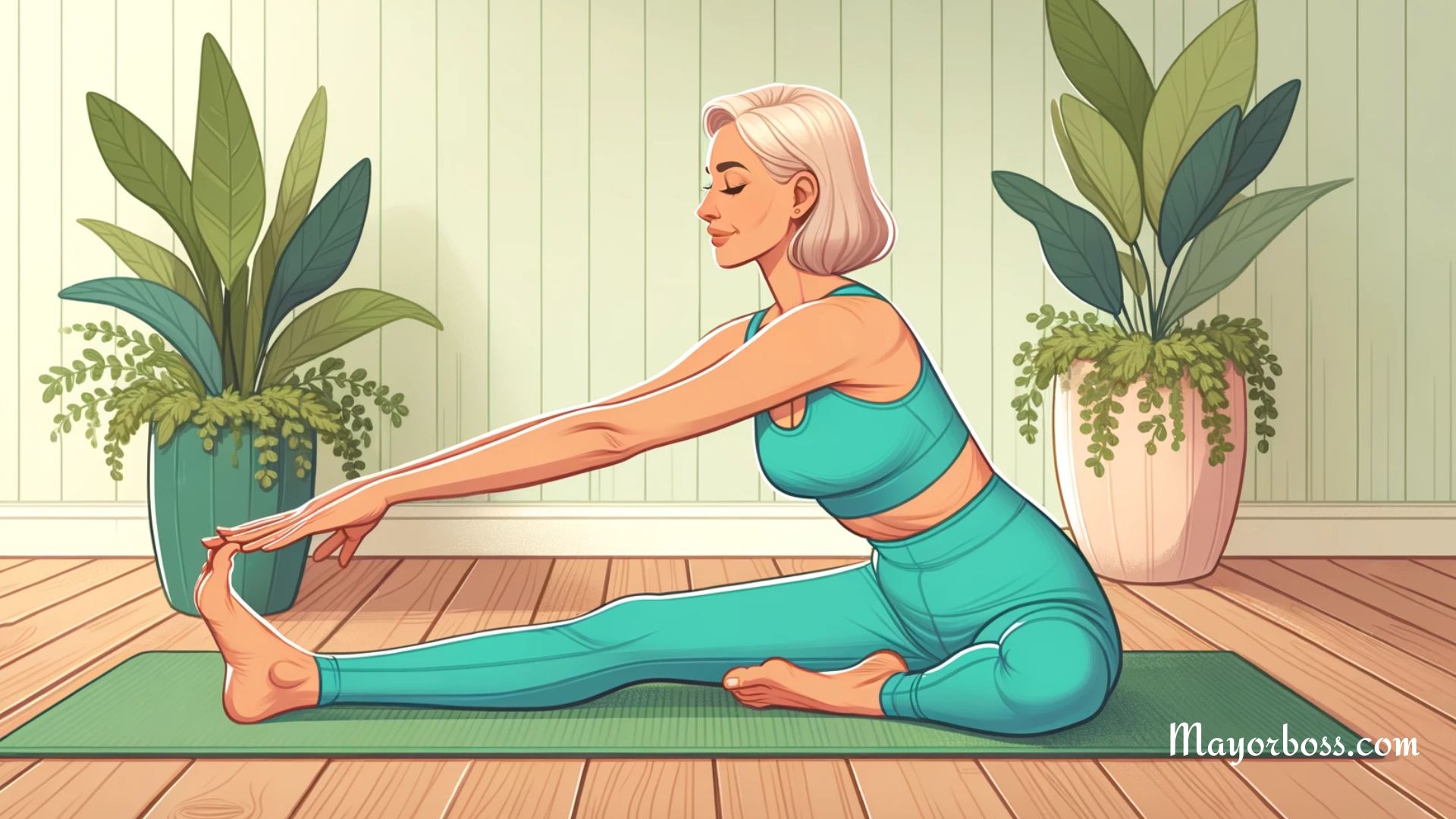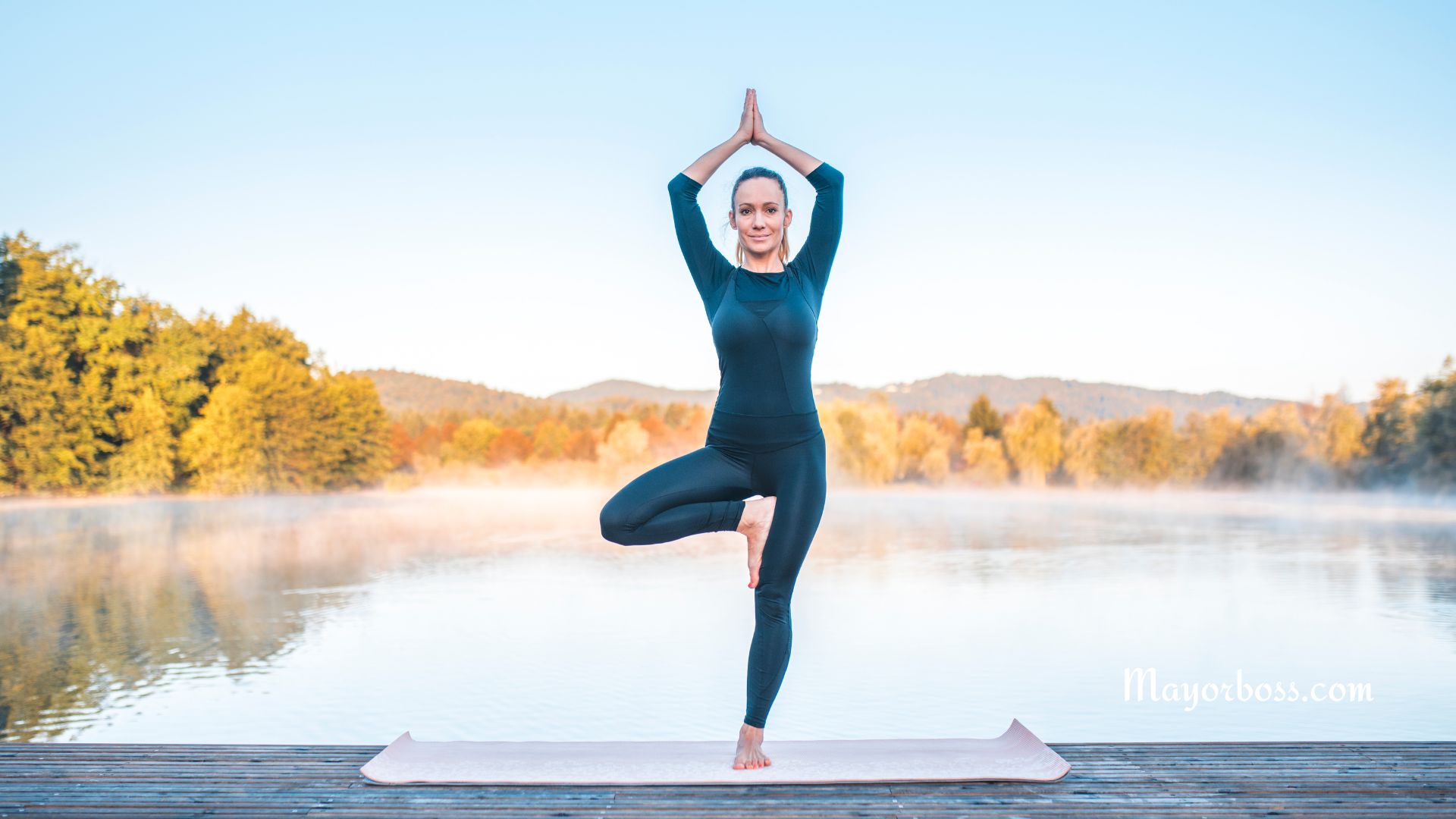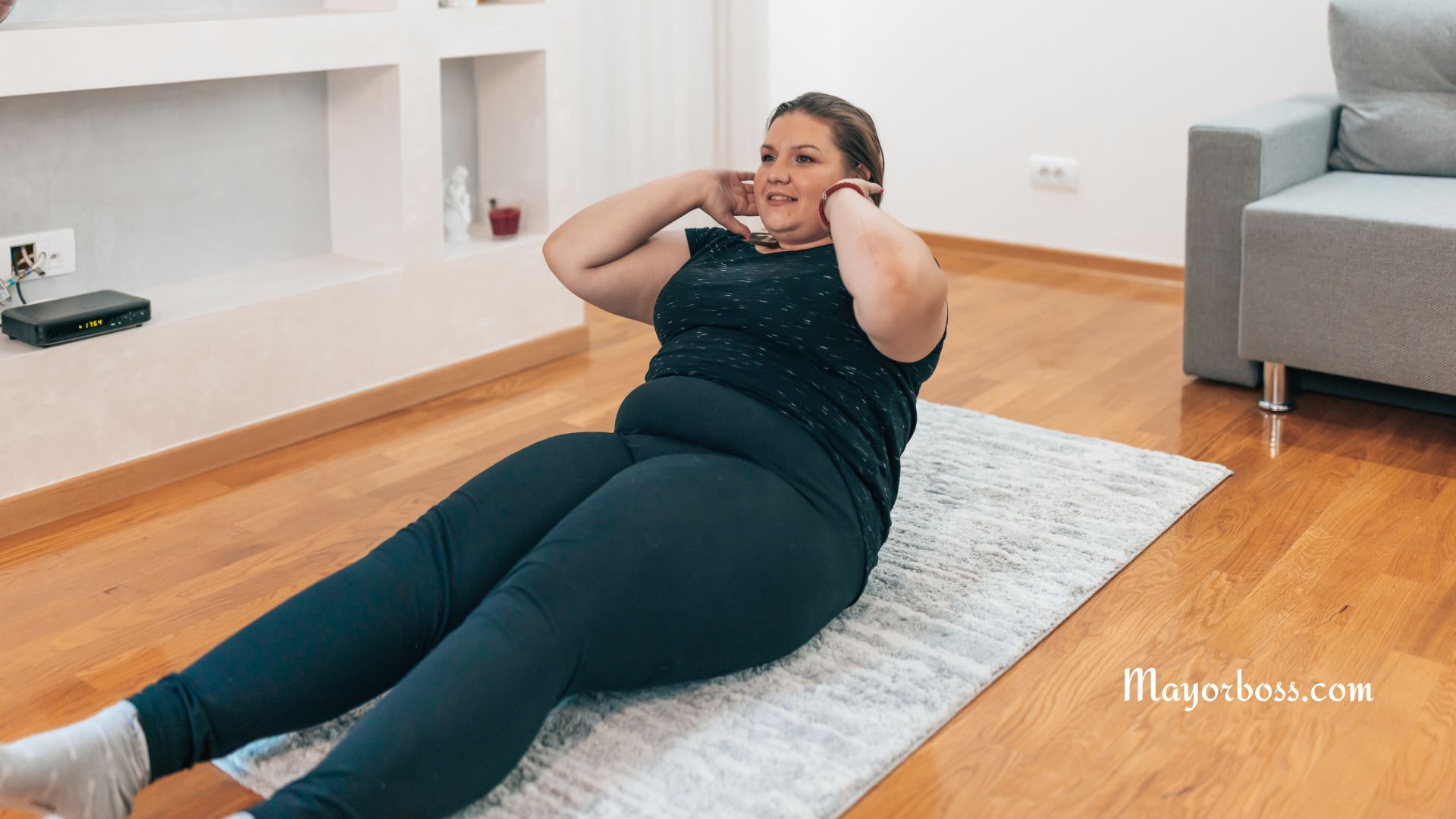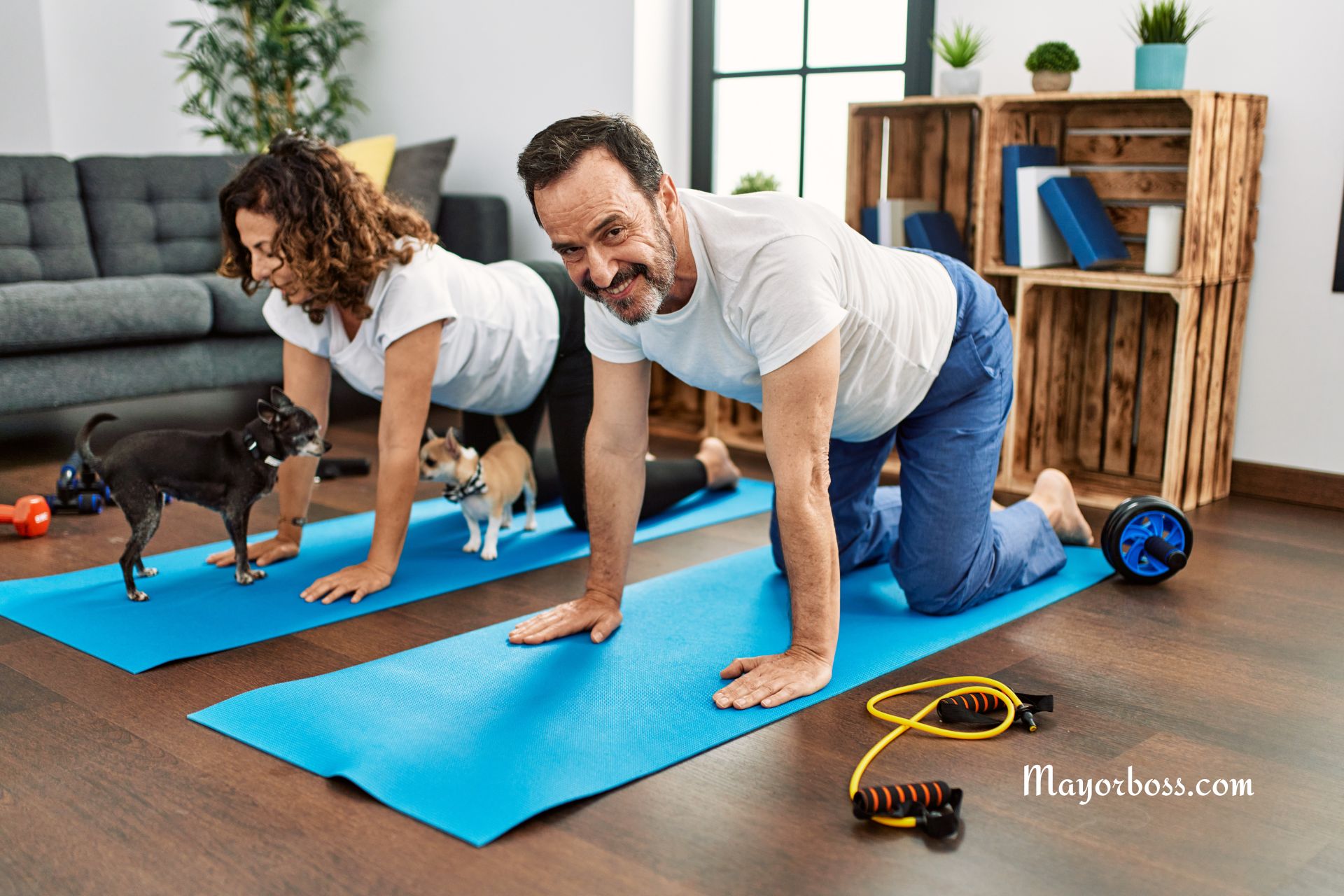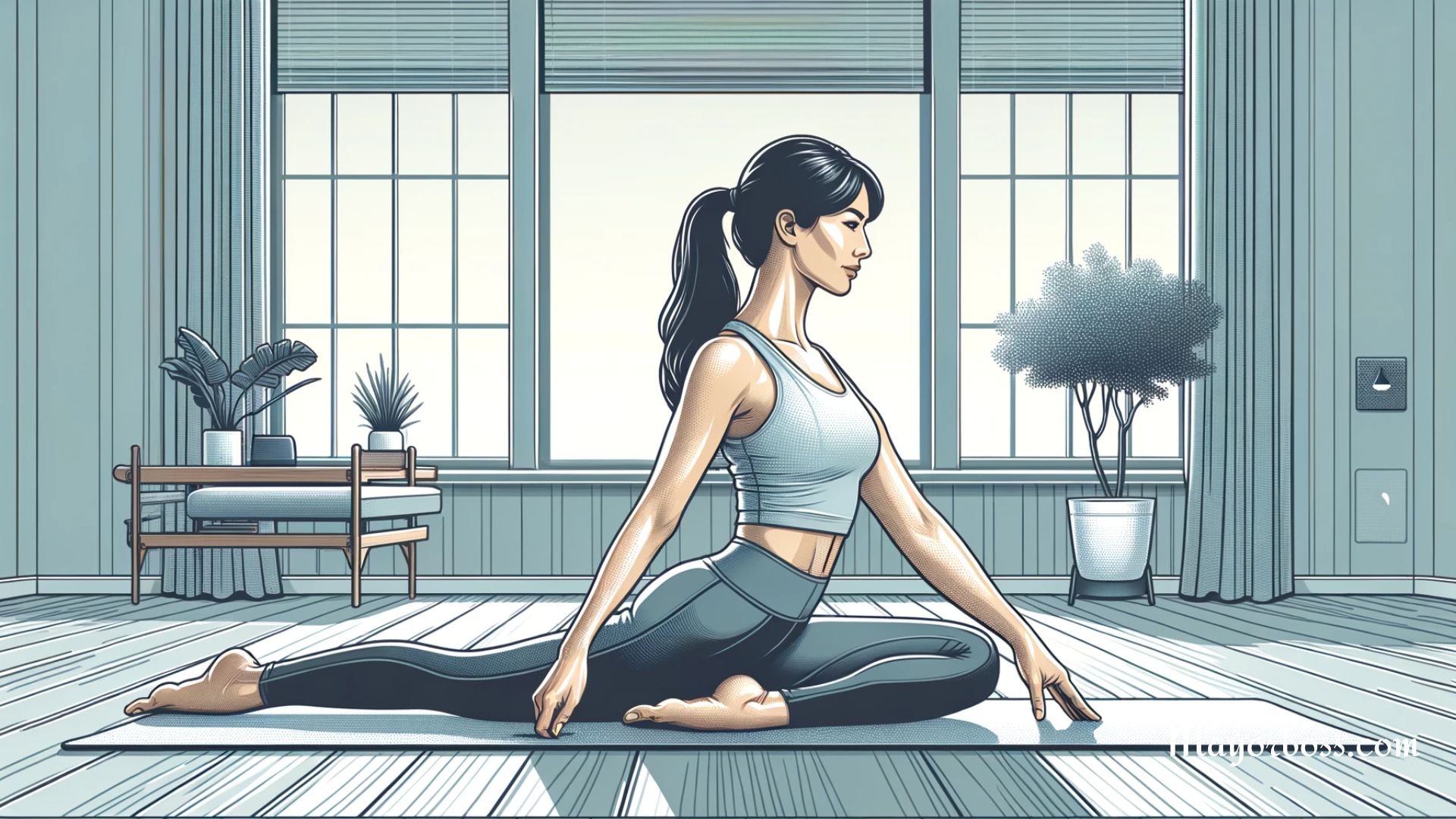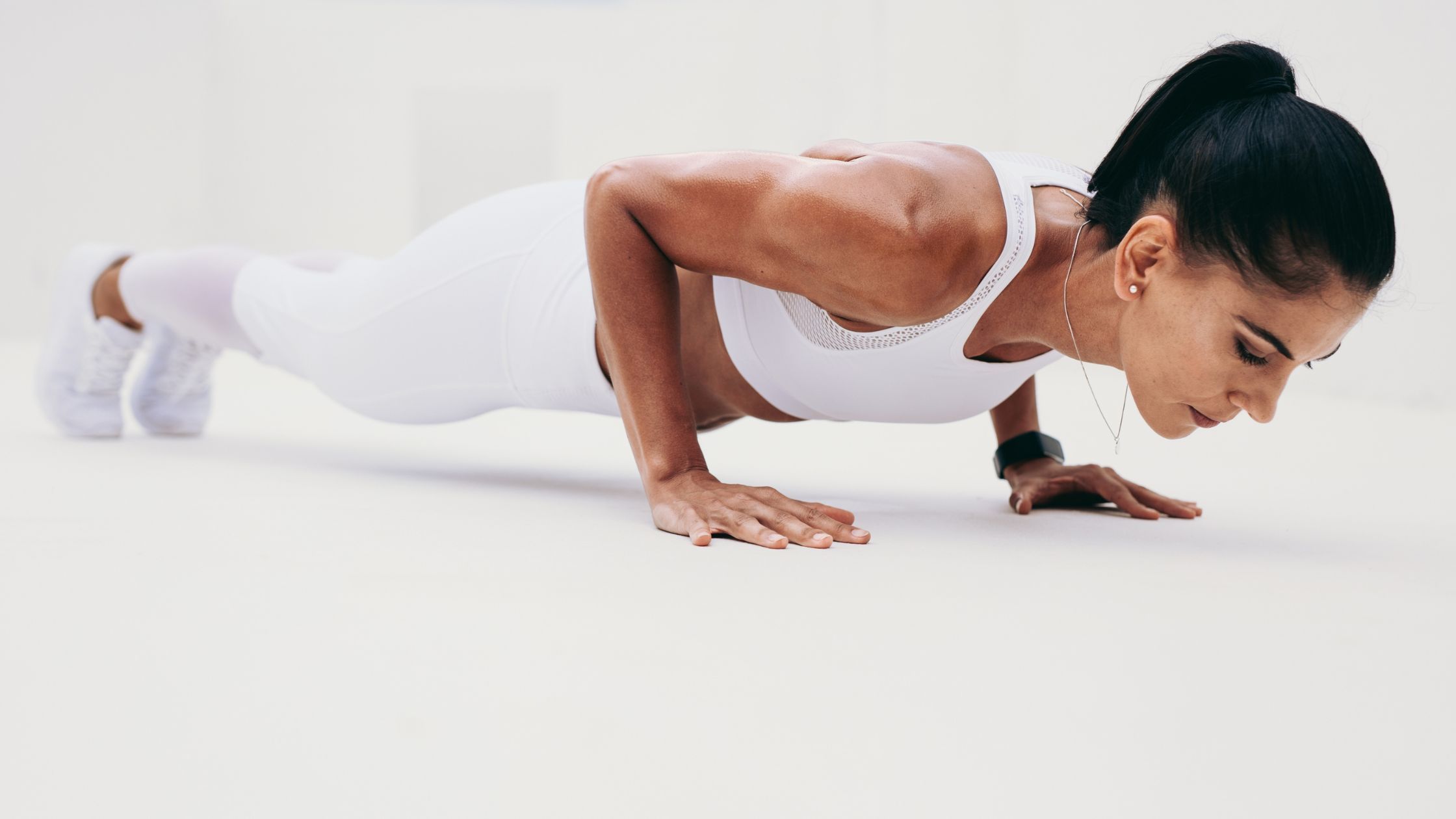10 Benefits of Practicing Pilates Regularly
If you are looking to start a new workout regimen and improve your strength, flexibility, and overall well-being, you may have heard of Pilates. Pilates is a low-impact form of exercise that focuses on strengthening the core, improving posture, and enhancing body awareness. According to research, practicing Pilates regularly can have many benefits, including increased flexibility, strength, and mental clarity.
Who invented Pilates?
Pilates was developed by Joseph Pilates in the early 20th century as a way to improve strength, flexibility, and posture. Joseph Pilates was a German physical trainer who believed that mental and physical health were closely connected and that his exercise program could help people achieve both. Pilates was initially popular among dancers and athletes, but it has since become a mainstream form of exercise.
The Principles of Pilates
The Pilates method is based on six principles: concentration, control, centering, breathing, precision, and flow. These principles are designed to help you focus your mind and body and perform exercises with proper form and technique.
- Concentration helps you to stay present and focused during the workout.
- Control ensures that you perform each movement with intention and purpose.
- Centering refers to the use of the core muscles to maintain stability and balance.
- Breathing helps to oxygenate the body and promote relaxation.
- Precision ensures that each movement is performed correctly and safely.
- Flow helps to create a smooth and fluid workout.
The Benefits of Practicing Pilates Regularly
1. Increased Flexibility
One of the main benefits of Pilates is increased flexibility. Pilates exercises involve slow and controlled movements that stretch and lengthen your muscles. By doing Pilates regularly, you can improve your range of motion and joint mobility. Increased flexibility can help prevent injuries and make everyday activities easier.
2. Increased Core Strength
Another significant benefit of Pilates is improved core strength. Your core muscles include your abdominals, obliques, and lower back muscles. A strong core is essential for good posture, balance, and stability. Pilates exercises focus on engaging and strengthening your core muscles, leading to better overall strength and stability.
3. Boost Your Mood
Regular exercise is known to have a positive impact on mood, and Pilates is no exception. The slow, controlled movements and emphasis on mindfulness can help ease stress and promote feelings of happiness and well-being. One study says Pilates may improve your quality of life by decreasing depression and anxiety.
4. Improved Posture
Studies have reported that poor posture can lead to various health problems, including back pain, neck pain, and headaches. Practicing Pilates can help improve your posture by strengthening the muscles that support your spine and pelvis.
5. Increased Energy
Regular Pilates practice can help increase your energy levels. This is because the movements help to improve circulation and oxygen flow throughout the body, which can leave you feeling refreshed and invigorated.
6. Improved Balance and Coordination
Pilates requires a great deal of focus and control, which can help improve your balance and coordination. These skills are essential for everyday activities and can also help prevent falls in older adults.
7. Improved Breathing
There is some evidence to suggest that the controlled breathing techniques used in Pilates can help improve your lung capacity and oxygen intake. This can lead to improved overall health and a better quality of life.
8. Injury Prevention
Some studies show that Pilates exercises can help prevent future injuries. By improving your flexibility, posture, and overall body control, you can reduce your risk of common injuries like back pain, muscle strains, and joint problems.
9. Improved Bone Density
Pilates is a weight-bearing exercise that can help increase bone density and reduce the risk of osteoporosis, according to studies. This can be especially beneficial for older adults or those with a family history of osteoporosis.
10. Low-Impact Exercise
Pilates is a low-impact form of exercise that is gentle on the joints and suitable for people of all ages and fitness levels. This makes it an excellent choice for those who are recovering from injury or looking for a low-impact exercise option.
Getting Started with Pilates
If you are interested in trying Pilates, there are several ways to get started. You can take a class at a Pilates studio, hire a certified Pilates instructor, or follow an online video tutorial. It is important to start slowly and gradually build up to more challenging exercises and to always listen to your body and modify exercises as needed. Wear comfortable clothing and bring a water bottle and a towel to your Pilates session.

